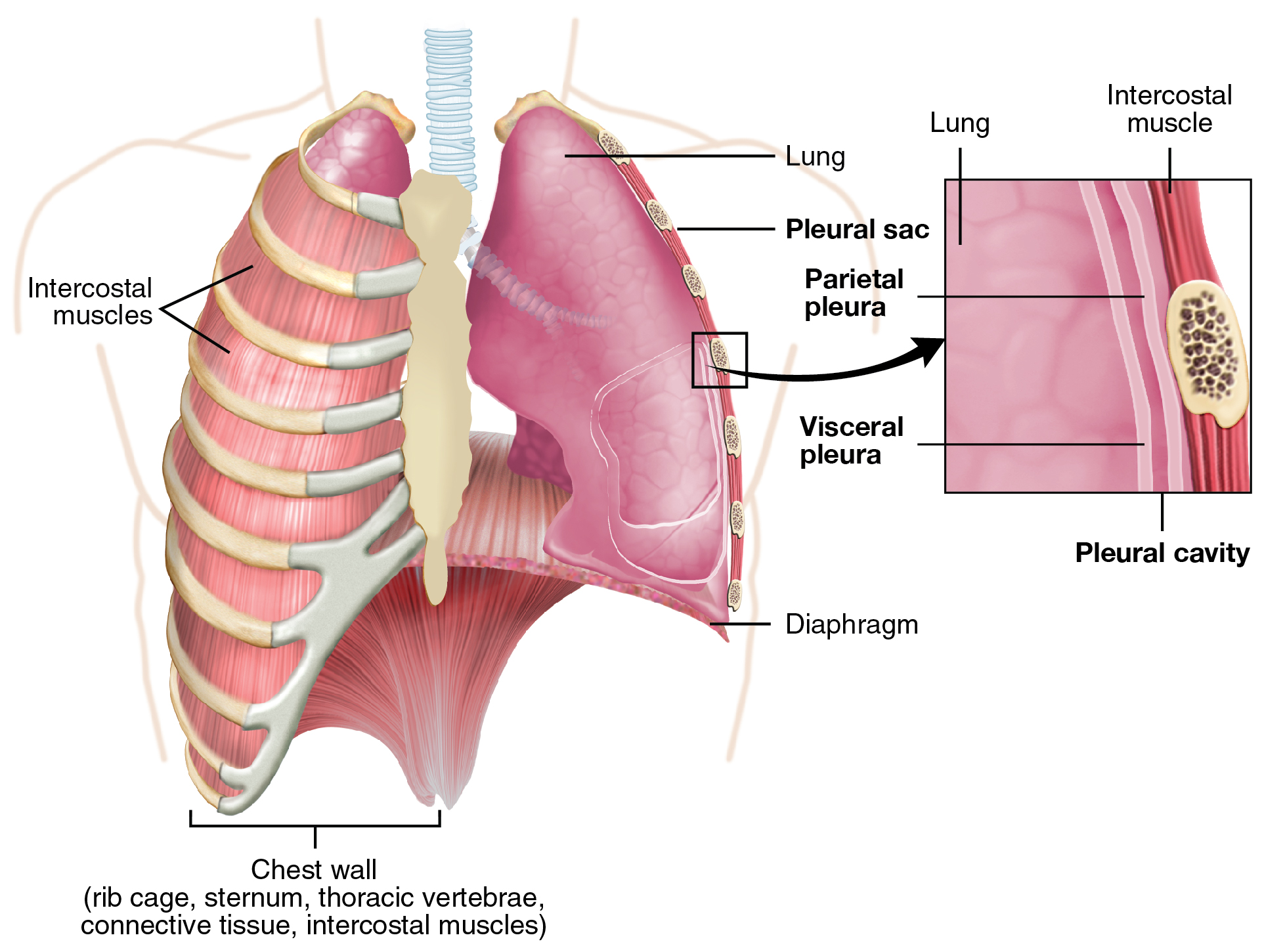Strap in, rockstars, because we’re about to dive into the magical world of guitar-chords-every-beginner-must-learn/” title=”14 Basic Guitar Chords Every Beginner Must Learn”>mastering smooth chord transitions on the guitar! From awkward finger fumbles to seamless string switches, we’ve got all the tips and tricks you need to impress your audience with your musical prowess. So grab your axe, take a deep breath, and get ready to rock and roll like never before!
Contents
- 1 Understanding the Mechanics of Chord Transitions
- 2 Building a Solid Foundation with Basic Chord Shapes
- 3 The Role of Finger Independence and Strength in Smooth Transitions
- 4 Incorporating Muscle Memory Through Practice and Repetition
- 5 Advanced Techniques for Seamless Chord Changes
- 6 Common Challenges and Solutions in Chord Transition Mastery
- 7 Innovative Exercises to Accelerate Your Chord Transition Skills
- 8 FAQs
- 9 Strum your way to smooth transitions!
Understanding the Mechanics of Chord Transitions
So you’ve decided to take your guitar playing to the next level and master chord transitions, huh? Well, buckle up because it’s going to be a wild ride full of finger twisting, string snapping fun!
First things first, let’s talk about the basics. Chord transitions are all about smoothly shifting from one chord to another without missing a beat. It’s like a musical game of Twister, but instead of contorting your body, you’re contorting your fingers on the fretboard. It’s all about precision and finesse, baby!
Now, let’s break it down. Here are some tips and tricks to help you nail those chord transitions like a rockstar:
- Practice makes perfect, so don’t be afraid to repeat those transitions over and over until they’re as smooth as butter.
- Focus on your finger positioning and try to find the most efficient way to move between chords. It’s all about finding that sweet spot!
- Don’t forget to take breaks and stretch those fingers. Playing guitar is a workout, after all!
Building a Solid Foundation with Basic Chord Shapes
So you’ve decided to embark on the exciting journey of learning how to play the guitar! Congratulations! One of the first steps to becoming a guitar hero is mastering the basic chord shapes. These fundamental building blocks will serve as the foundation for all your future guitar expertise.
Don’t let the simplicity of these basic chord shapes fool you – they may be easy to play, but they are essential in helping you develop your finger coordination and muscle memory. Plus, once you’ve mastered them, you’ll be able to play countless songs and impress all your friends at parties!
But remember, Rome wasn’t built in a day, and neither will your guitar skills. It’s important to practice these basic chord shapes regularly in order to build up your dexterity and accuracy. So grab your guitar, dust off those fingertips, and get ready to rock!
With dedication and perseverance, you’ll soon be well on your way to becoming a guitar virtuoso. So keep strumming, keep practicing, and keep pushing yourself to learn new things. Before you know it, you’ll be playing complex chord progressions with ease, all thanks to the solid foundation you’ve built with those basic chord shapes.

The Role of Finger Independence and Strength in Smooth Transitions
Have you ever tried to play a smooth piece on the piano only to have your fingers feel like they’re all tangled up in a knot? Well, that’s likely because your finger independence and strength aren’t up to snuff. But fear not! With a little practice and some finger exercises, you’ll be gliding effortlessly from one note to the next in no time.
One of the keys to smooth transitions is developing each finger’s ability to move independently from the others. This means that your pinky shouldn’t have to rely on your ring finger to move, and vice versa. **Finger independence is crucial for fluidity and precision in your playing.** So, be sure to work on exercises that isolate each finger and train them to move on their own.
Another important aspect of smooth transitions is finger strength. **Stronger fingers make for more confident and controlled movements,** which are essential for playing fast passages or intricate melodies. To build finger strength, try using a stress ball or gripper to work those muscles. You can also incorporate finger-strengthening exercises into your daily routine to keep those digits in tip-top shape.
So, if you find yourself struggling with smooth transitions in your playing, remember to focus on improving your finger independence and strength. With a little dedication and a lot of practice, you’ll be gliding across the keys like a pro in no time!

Incorporating Muscle Memory Through Practice and Repetition
Have you ever found yourself in a situation where you try to impress someone with your dance moves, only to embarrass yourself with your lack of coordination? Well, fear not, because can help you become a dancing diva in no time!
By committing to regular practice sessions, you can train your muscles to remember specific movements and sequences. This means that the next time you hit the dance floor, your body will naturally fall into the right steps without you having to overthink it. It’s like having a dance party on autopilot!
Think of practice sessions as your personal training ground, where you can experiment with different moves and styles until you find what works best for you. Whether you’re into salsa, hip-hop, or the funky chicken, incorporating muscle memory through practice will help you perfect your technique and wow the crowd with your killer moves.
So, next time you feel the urge to bust a move, remember that practice makes perfect. Embrace the power of muscle memory and watch as your dance skills go from zero to hero in no time. Who knows, you might even become the next dance sensation!

Advanced Techniques for Seamless Chord Changes
So, you’ve mastered the basics of chord changes and now you’re ready to take it to the next level! In this section, we’ll explore some advanced techniques that will help you make those chord transitions seamless and smooth as butter.
One trick to nail those tricky chord changes is to anticipate the next chord before you even play it. Visualize where your fingers need to go and mentally prepare yourself for the switch. This way, your fingers will already be moving before you even hit the next chord, making for a much smoother transition.
Another pro tip is to practice your chord changes with a metronome. Set a steady beat and challenge yourself to switch chords on every beat. This will not only help you improve your timing but also train your muscle memory to make those transitions effortlessly.
Lastly, don’t be afraid to experiment with inversions and different voicings of the same chord. Sometimes, a simple finger rearrangement can make a chord change much easier and more fluid. Play around with different shapes and see what works best for you!
Common Challenges and Solutions in Chord Transition Mastery
Transitioning between chords can be a daunting task for many aspiring musicians. However, with a little practice and some clever solutions, you can conquer this challenge like a rockstar!
One common issue when mastering chord transitions is getting your fingers tangled up like a pile of spaghetti. To avoid this, try practicing each chord shape slowly and deliberately until it becomes second nature. This will help your fingers move more smoothly from one chord to the next, like a well-oiled machine.
Another challenge is maintaining proper finger placement while switching chords. A helpful solution is to visualize the chord shapes in your mind before making the switch. This mental exercise can train your brain to send the right signals to your fingers, resulting in cleaner transitions.
Lastly, don’t forget to utilize transitional chords to ease the journey between two difficult chords. These intermediate chords can serve as stepping stones, making your transitions more fluid and less jarring. Remember, practice makes perfect, so keep strumming and you’ll soon be a chord transition master!
Innovative Exercises to Accelerate Your Chord Transition Skills
Are you tired of feeling like a slow-motion sloth when it comes to changing chords on your guitar? Well, fear not, because we have some innovative exercises that will have your fingers flying across the fretboard in no time!
First up, let’s introduce you to the Spider Walk. This exercise involves placing your fingers in a spider-like formation on the fretboard and then moving them up and down the strings in a systematic pattern. Not only will this help with dexterity and finger independence, but you’ll also feel like a rockstar spiderman while doing it!
Next, let’s talk about the Chord Jumping Jacks. Similar to the classic jumping jack exercise, this involves switching between two chords at a rapid pace. It’s a fun and dynamic way to work on your transitions, and who knows, you might even break a sweat while doing it!
And finally, we have the Chord Sprints. Set a timer for a short interval and see how many times you can switch between two chords within that time frame. It’s like a race against the clock, and before you know it, you’ll be zooming through chord changes like a pro!
FAQs
Why do I struggle with smooth chord transitions?
Oh, you mean besides the fact that your fingers seem to have a mind of their own? Just kidding! Smooth chord transitions can be tricky because it requires a combination of muscle memory, finger strength, and proper technique. Practice makes perfect!
What are some tips for mastering smooth chord transitions?
Well, first of all, make sure your guitar is in tune. Trust me, it makes a huge difference. Secondly, don’t be afraid to break down the transitions into smaller parts and practice them slowly. Also, pay attention to your finger positioning and try to keep your movements as efficient as possible.
How can I improve my finger strength for smoother chord transitions?
Ah, the age-old question. One word: practice. Seriously, the more you play, the stronger your fingers will become. You can also try doing specific finger exercises, like spider walks or trills, to target those muscles. And hey, who needs a stress ball when you can squeeze a guitar neck?
Are there any shortcuts for mastering smooth chord transitions?
Shortcuts? What do you think this is, a magic show? Unfortunately, there’s no substitute for good old-fashioned practice. However, you can try visualizing the chord shapes in your mind before you even play them. It’s like mental practice, but without all the calluses.
How can I stay motivated while working on chord transitions?
Great question! One fun way to stay motivated is by setting small goals for yourself and rewarding yourself when you achieve them. Maybe treat yourself to a new guitar accessory or indulge in some delicious snacks. And remember, every time you nail a tricky chord transition, you’re one step closer to guitar god status!
Strum your way to smooth transitions!
Congratulations, you have now unlocked the secrets to mastering smooth chord transitions like a true guitar wizard. So go ahead, grab your guitar, practice those chord changes, and impress your friends with your newfound skills. Remember, practice makes perfect, so keep rocking out and soon you’ll be transitioning between chords like a pro. Keep strumming and keep shining!



